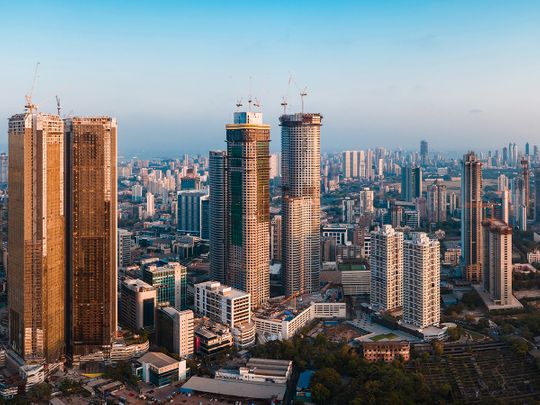
Dubai: Indian real estate has long been of interest to the non-resident Indians (NRIs). When residing overseas, NRIs look to have a house or residential property back in their home country which can be used to settle down once they decide to move back.
But until last year overseas Indians often ran into problems when renting out properties. One of the biggest pain points in leasing out the properties was the fear in the mind of the NRIs, overseas investors, or even people who stay outstation that the tenant may not vacate the property post the lease tenure.
But all of this changed when India approved the Model Tenancy Act (MTA) last year, which replaced The Rent Control Act (RCA) of 1948. So now there is a clause of penalty on the tenant in the event of failure to vacate the premise post the lease period. Let’s see how these norms financially benefit NRIs.
What is the Model Tenancy Act 2020?
To minimise petty rental disputes, the Model Tenancy Act mandates for written agreement for all new tenancies, which means that rent and duration of tenancy will be fixed by mutual consent between owner and tenant through a written agreement.
“According to the Act, if the tenant fails to vacate the premises let out on rent in accordance with the tenancy agreement, he or she will be liable to pay the landlord twice the monthly rent for the first two months and then four times till the latter continues to occupy the said premises,” said Misri Ravi, an independent property and overseas investment consultant based in India.
The Act safeguards the rights of the landlord as well as the tenants. The Act aims to do away with the concept of a hefty security deposit, while boosting rental activities. It also specifies the terms of eviction, essential supply to the rented premises, structural repairs and construction, among others.

Additionally, the returns from residential real estate have remained very low. The prices of owning a house have soared but the corresponding rental income is still in the range of 1.5 to 3 per cent of the capital values. This is why the MTA helped improve rental revenue prospects among NRI renters.
How does it differ from the outdated RCA 1948 norms?
Tenancy and leasing operations in India are closely regulated by a Rent Control Act that is implemented in various forms in all states. The broad idea covered in each of the Rent Control Act is to protect tenants from unfair eviction and to settle disputes between the landlord and the tenant.
“However, a serious drawback of these old laws was that most of them have been not amended in over two decades, ensuring that the rent ceiling remains capped at the levels prevalent in the late 90s,” Ravi added.
“This has certainly discouraged property owners in India, like the NRIs, from renting out property and has also dampened investor appetite for purchasing second or third homes due to low capital returns.”
What does the Model Tenancy Act mean for NRIs?
The Model Tenancy Act essentially aims to formalise the renting and leasing activity of real estate properties in the country, as up until now the NRI investment was largely seen in commercial properties due to the sheer scale, size, and high rental yields vs the residential properties.
“Before the law came into effect, a high number of residential units were purchased by NRIs and kept vacant due to the uncertainties related to the tenant vacating the property post the tenure of the lease,” added Ravi.
“The Act clears the air, instilling confidence in the minds of overseas investors to lease out the properties and unlock gains in the form of regular monthly rentals,” said Ravi, while adding that the clarity on leasing laws is boosting institutional investment in residential real estate properties.

Key takeaways
NRIs have always shown a keen interest in investing in Indian real estate. However, the uncertainties around ensuring that tenants uphold the terms and condition of the rental agreements were significantly high for NRIs.
The entire process of finding a tenant and collecting the dues is usually carried out by family or close associates in India. This is why, historically, investor-friendly laws have helped attract foreign investment into the Indian real estate industry.
“Alongside the success of several REITs IPO (public offering of Real Estate Investment Trusts) in India, which indicates an ever-growing interest in Indian real estate, the recent Act has been attracting overseas investment in the residential real estate segment and been successfully institutionalising the renting business in India,” said Ravi.
“So with the regulatory framework for rental homes more transparent, NRIs looking to invest in Indian real estate for sustained rental income will be benefitted significantly. The upbeat sentiment will also enable NRIs to easily monetise their existing vacant residential properties by letting them out in an easily manageable way.”










